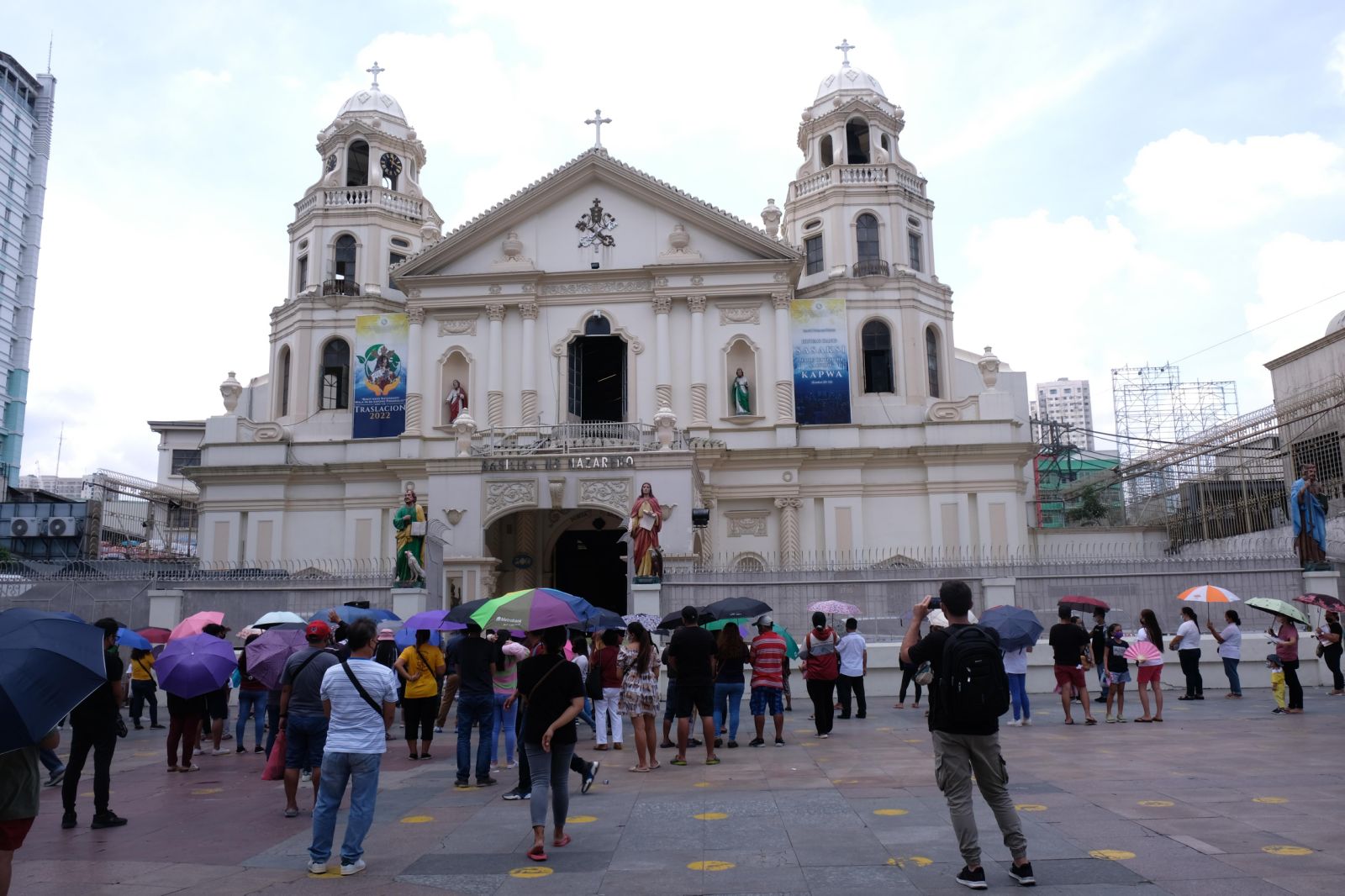Quiapo being declared a National Heritage Zone, based on a bill filed in Congress, yesterday drew support from Manila Mayor Honey Lacuna.
House Bill 3750 proposed coverage of the zone over the immediate environs of Quiapo Church, Plaza Miranda, San Sebastian Church and Plaza del Carmen, in order to preserve the historical sites.
“The new heritage zone as proposed would not just generate jobs, but help uplift the global reputation of the city,” Lacuna said.
She said that for many reasons, Quiapo has become a household name, landmark and symbol for many Filipinos, with its name having been derived from “kiyapo,” a species of floating water lily with thick, light-green leaves, like a cabbage.
By the 1600s, the Galleon Trade brought goods from around the world to Quiapo.
Rep. Joel Chua, the vice -chairperson of the House Committee on Metro Manila Development, filed the bill last 17 August.
“Towards the next century, Quiapo transformed into a wealthy suburb. It boasted stately homes, the most beautiful street in Manila, the loveliest park in Manila, and the most spacious public market in Manila,” Chua said.
Under the bill, the Quiapo National Heritage Zone will be bordered on the west by Evangelista Street, on the north by buildings facing Escaldo Street, and the northeast by the buildings facing San Sebastian and Recto Avenue.
“The Quiapo Heritage Zone shall be accorded priority development by the Department of Tourism and other concerned departments and units and shall be subject to the rules and regulations governing the development of national heritage zones,” Chua said.
The third district of Manila being represented by Chua covers the northern Manila districts of Binondo, Quiapo, San Nicolas and Santa Cruz.
If passed into law, the tourism and public works and other government agencies, as well as the city government of Manila, shall be tasked to prepare a development plan for Quiapo within a year.
They will jointly take charge of the necessary construction and improvements in the zone.
The plan involves “the restoration, rehabilitation conservation and maintenance of such appropriate facilities which shall enhance the area, ensure the preservation of the cultural heritage and the historical significance of the identified area.”
Funding shall be included in the annual General Appropriations Act or charged against the internally generated funds of the Department of Tourism, Chua said.
Lacuna welcomed the plan as it would come at no cost to the city.
